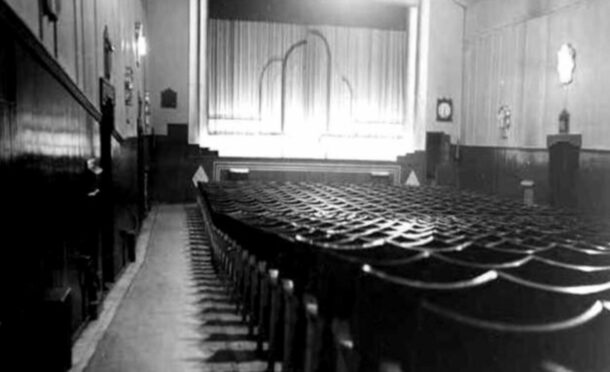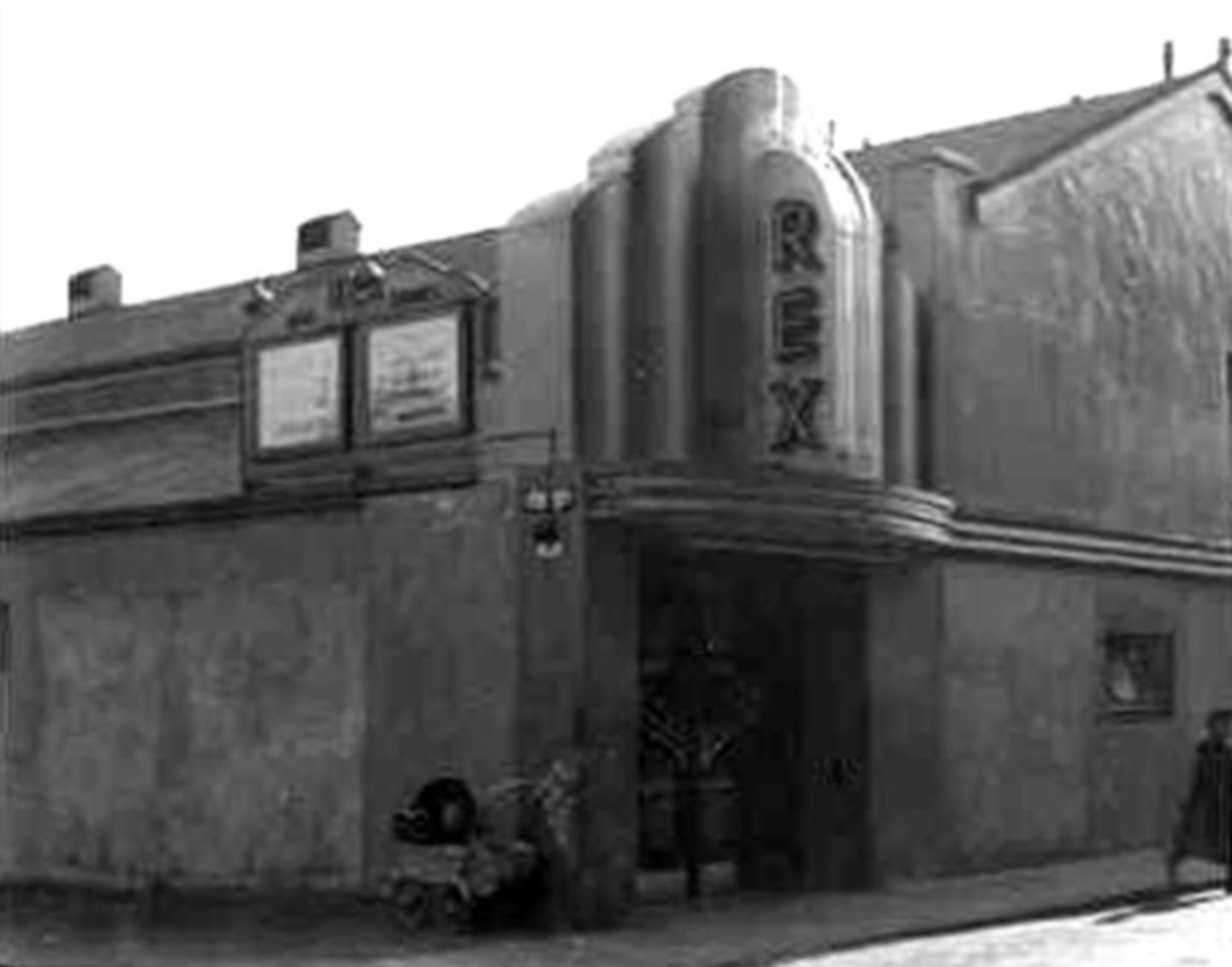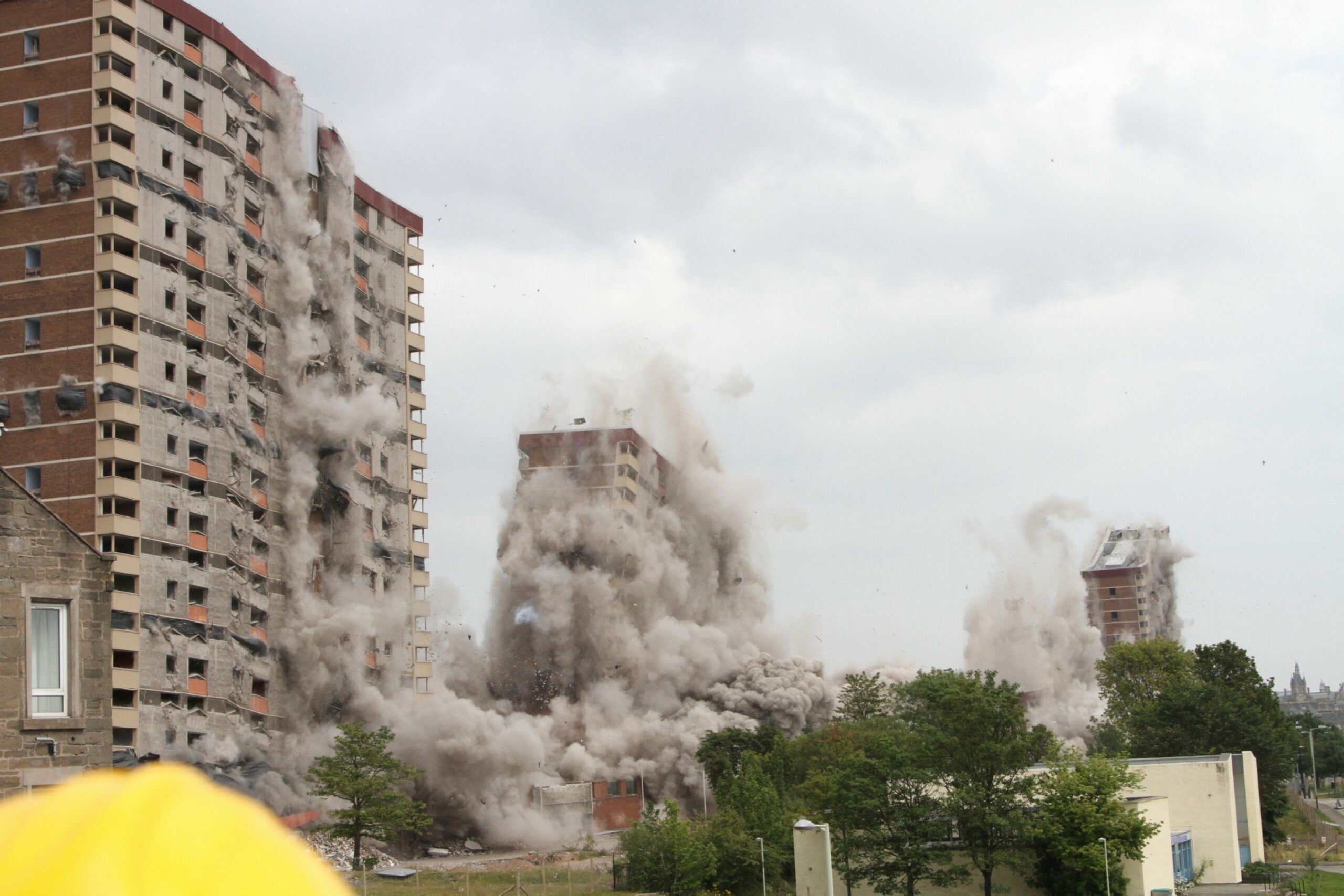It was the Pavilion Cinema. Then it was the Palladium.
Finally it was the Rex before it closed in 1963 and was lost under the construction of the Alexander Street multi-storey blocks which changed Dundee’s skyline forever.
John Pennycock, who went on to own several picture houses in Dundee, built the corrugated iron structure just a few years before the start of World War One.
The building on Alexander Street was opened by Councillor Mudie on October 15 1912 and was advertised in the Evening Telegraph as the “picture and variety palace”.
At that time the battle between cinema and music hall had really just begun which meant places like the Pavilion had to offer a selection of both to attract support.
A special variety programme marked the opening which included comedy entertainers, dancers and singers including “Dundee’s favourite Scotch comedian” Pat Bell.
Also on the bill were “refined vocalists and simultaneous dancers” Sister Selwyn and Gilbert and Griffin who were described as “the Irishman and the Toff”.
Johnny Rollo was the Pavilion’s first manager.
He used to stand at the front door resplendent in full evening dress and would top his finery with a cloth cap on cold nights as he shouted at passers-by to walk in.
What did the Pavilion look like?
All seating was on a single floor, a contrast from the traditional theatres with their upper circles and balconies, while the first six rows, for youngsters, had no backs.
The Pavilion was described as a “cosy family cinema”.
It was not uncommon to see mothers shepherding their excited children into these front seats then taking their own places in the control post in the centre.
Families often brought their own snacks.
Ice cakes and lemonade would be distributed, sometimes followed by whelks, monkey nuts, oranges and bananas.
The star turns were often recruited from local talent to entertain the crowds including blind performer Johnny Beveridge who accompanied himself at the piano.
Many of Johnny’s songs were about the burden of being a henpecked husband.
Joe Thompson, a Dundee barber and expert juggler, was particularly popular and well known for his “patter” on stage as he tossed up and caught the balls and plates.
“I invented the art of juggling,” he said.
“Like my father, I am a great inventor. My father invented the ha’penny slider, the penny cigar and the four-penny dosshouse. When I performed before the Sultan of Turkey he gave me a load of houses – a brick at a time.
“When I performed before Kaiser Bill in Berlin, he gave me 10 minutes to leave the country.”
Dundee’s Got Talent
There were also “go-as-you-please” variety show competitions on a Friday night where the audience chose the winner by cheering the loudest for their favourites.
Among those who gained first prize was an Italian who played an accordion he had made himself out of two cigar boxes and a handful of pearl buttons for the keys.
However, as the all-conquering magic of the silver screen gradually grew in popularity, many of these variety acts took to the stage for what would be the last time.
For many it was there last professional engagements as variety artistes.
The roars of laughter from the Pavilion could be heard across the neighbourhood during the silent comedies featuring the likes of Charlie Chaplin and Buster Keaton.
The Pavilion was renamed the Palladium in 1920.
The building was taken over by Hyman Cohen in 1926 and was re-named New Palladium Cinema, but Cohen’s ownership didn’t last for long.
J. B. Milne had been working in the cinema for 19 shillings a week as the “musical director and cleaner”.
He invested his savings from playing the violin and washing the floors into a motor hire business, which he sold in the mid-1920s for £360.
It was this money he used to buy the Palladium in 1928.
This was the first cinema J. B. Milne ever owned, and the beginning of J. B. Milne Theatres.
Milne had the vision to install talkies.
Now the public could hear their stars talk and sing.
At the peak of film-going there were 25 cinemas in Dundee.
Going to the dogs in 1951
Milne refurbished the Palladium in 1951 and the new cinema was renamed Rex Cinema after his Labrador dog.
The Rex was plunged into darkness in 1952 when there was an electricity failure in the Hilltown.
The audience were entertained by gramophone records from 7.35pm to 9.10pm until the lights went on again.
Looking east along Alexander Street from Elizabeth Street in Dec 1958. The Rex Cinema was opened in 1913 and was known as the Pavilion Picture Theatre, then the Palladium Picture House. J B Milne bought it in 1928 and renamed it Rex after his pet dog in 1951.#Dundee #Archives pic.twitter.com/HpQvAb4xUu
— Dundee City Archives (@DundeeArchives) December 29, 2020
Just like the old days some would say!
Nonetheless, tastes were changing by the late 1950s.
The brief boom of cinema was brought to a shuddering halt by the rise of television and the silver screens suffered widespread closures.
Milne recognised the potential of bingo and introduced it.
Some of his halls remained cinemas, some became bingo halls, some combined the two.
The Rex Cinema closed in 1963.
The rise and fall of the Hilltown multis
The building was demolished to make way for the Alexander Street blocks.
The four Alexander Street tower blocks in the Hilltown – Carnegie, Jamaica, Maxwelltown and Wellington Courts – were built in 1968.
The 25-storey Derby Street multis – Butterburn and Bucklemaker Courts – followed in the 1970s and stood tall near the crest of the Hilltown.
They were seen as a golden opportunity for people to escape the decaying tenements and enjoy space, light and comfort with great views.
Most of Dundee’s multis were built between the mid-1960s and early 1970s and there were 55 blocks dotted around the city by 1980.
Eventually, though, things changed for the worse.
For many years, the vast buildings had no security and very little maintenance, which led to crime, vandalism and the buildings becoming run down.
The Alexander Street multis were toppled in spectacular fashion upon becoming the first to be demolished in July 2011 with a £3.7m contract awarded to Safedem.
Plumes of dust and dirt could be seen from miles around, later clearing to show empty spaces in the area thousands of people once called home.














Conversation